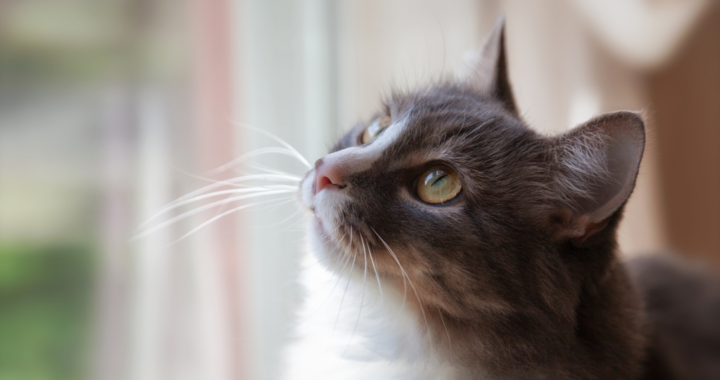Convincing a cat to live only indoors is a daunting task for outdoor cat parents. Cats are stubborn and have strong, loud and sometimes destructive reactions to change. Regardless, the benefits of keeping kitty inside abound.
- Indoor cats live longer than their outdoor counterparts, as they’re exposed to fewer threats and have a much lower likelihood of becoming hurt or ill.
- Outdoor cats can harm local environments. They hunt insects, small mammals and birds, competing with native species and creating an imbalance.
- You have little control over where an outdoor cat eliminates waste, and it often ends up in gardens and other inconvenient locations, potentially spreading parasites and disease.
If you understand what it is that draws your cat to the outdoors, you can make the transition to living indoors a little easier for both of you. Here are 9 tips to help make your cat’s transition a happy one.
1. Show Your Cat Their Litter Box
Even if they haven’t used one before, your cat will likely know what to do when you show them their box. It sometimes helps to mimic scratching and covering in a fresh, clean box to demonstrate to them what it’s for.
2. Provide Perches Near a Window
Cats like to climb trees and find perches to observe their world from above. Give your cat an option to continue this behavior indoors by providing a window-adjacent cat tree or window perch. The ideal window would provide your cat warm afternoon sunshine, as well as views of activity and wildlife. Install a bird feeder for added kitty entertainment.
3. Learn Their Prey Preferences and Play Daily
Cats instinctively need to hunt, and most cats prefer to hunt one type of prey more than others. Outdoor cats satisfy this need on their own, but indoor cats need a helping hand. Identify which kinds of toys stimulate your cat and play with them daily, especially around dawn and
dusk.
4. Grow Some Delicious Cat Grass
Outdoor cats grow accustomed to having grass available whenever they feel like having a serving of veggies. Provide some cat grass for your cat to gnaw on – many veterinarians believe it aids in digestion.
5. Scratch Their Itch to Scratch
Outdoor cats have been living in a world filled with fantastic textures for them to sink their claws into, trimming their nails, stretching their muscles and marking their territory. If you don’t provide a couple of scratching posts and pads for your transitioning cat, you might find yourself in need of a new couch.
6. Trigger Their Curiosity
Curiosity isn’t what killed the cat, boredom is. Engage your cat by moving their food bowl around regularly. Give them boxes, bags, crinkled up packing paper and other fun kitty hiding places. Offer them new soft spots to lay in, try new games, and always look for ways to keep things interesting for their curious little minds.
7. Enjoy the Outdoors in Safe, New Ways
With some patience, you can harness-train some cats and safely bring them outdoors. SAFe discusses harnesses and other options for cats to enjoy the outdoors safely here.
8. Consider Cold Turkey
Depending on who you ask, you should try to slowly transition your outdoor cat to indoor life, letting them out occasionally. However, it’s important to recognize when it’s time to go cold turkey. Continuing to let them out can reinforce behavior such as caterwauling and scratching at the door, so sometimes the best option is to stop letting them out at all. You’ll have to endure an upset kitty for a couple of weeks, but you can do it. Stay strong and don’t give in. Instead, offer a distraction with their favorite toy, and reward them every time they stop begging at the door.
9. Don’t Give Up
If you’re on the verge of giving up, talk to your vet. They’ll offer constructive advice and can provide an anti-anxiety medication if necessary (for your cat, not you 😉 ).
Remember: Many, many people have done this before. In fact, around 70 percent of all domestic cats live indoors only. Transitioning an outdoor cat to live indoors can be difficult, but you can be proud knowing you’re doing what’s best for your neighbors, what’s best for the environment and what’s best for your cat.




